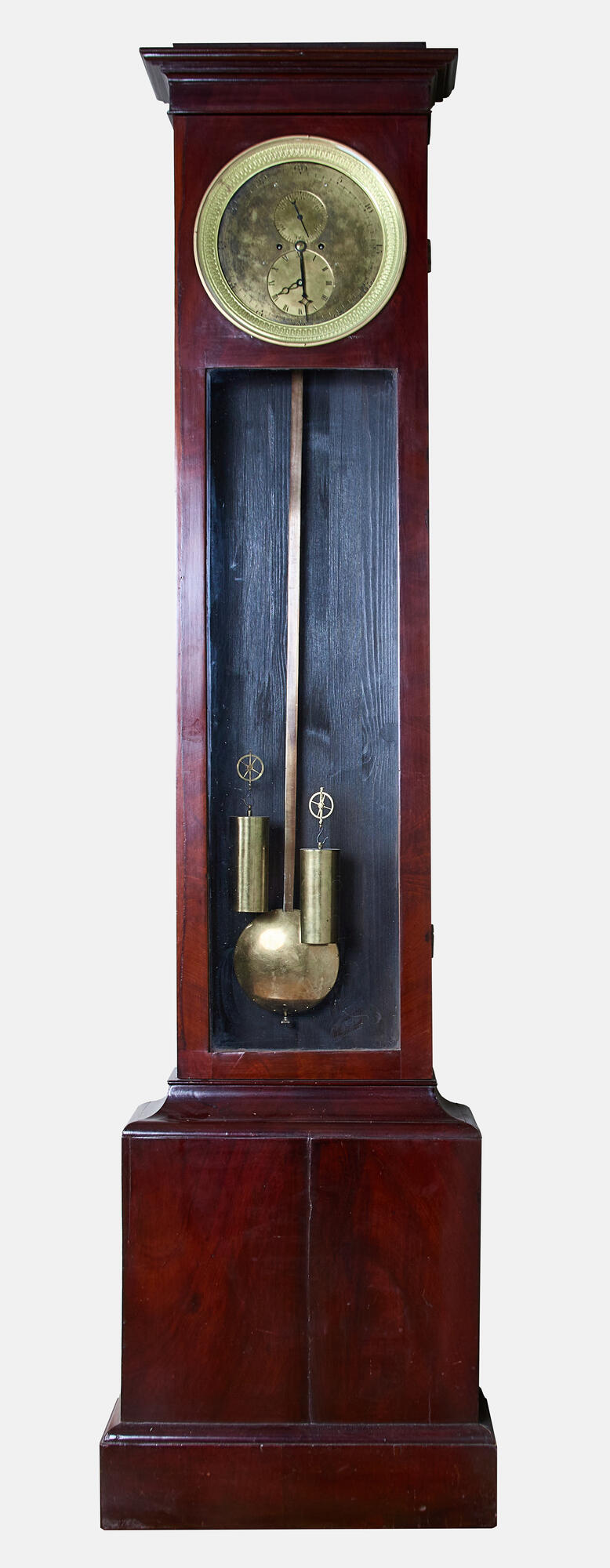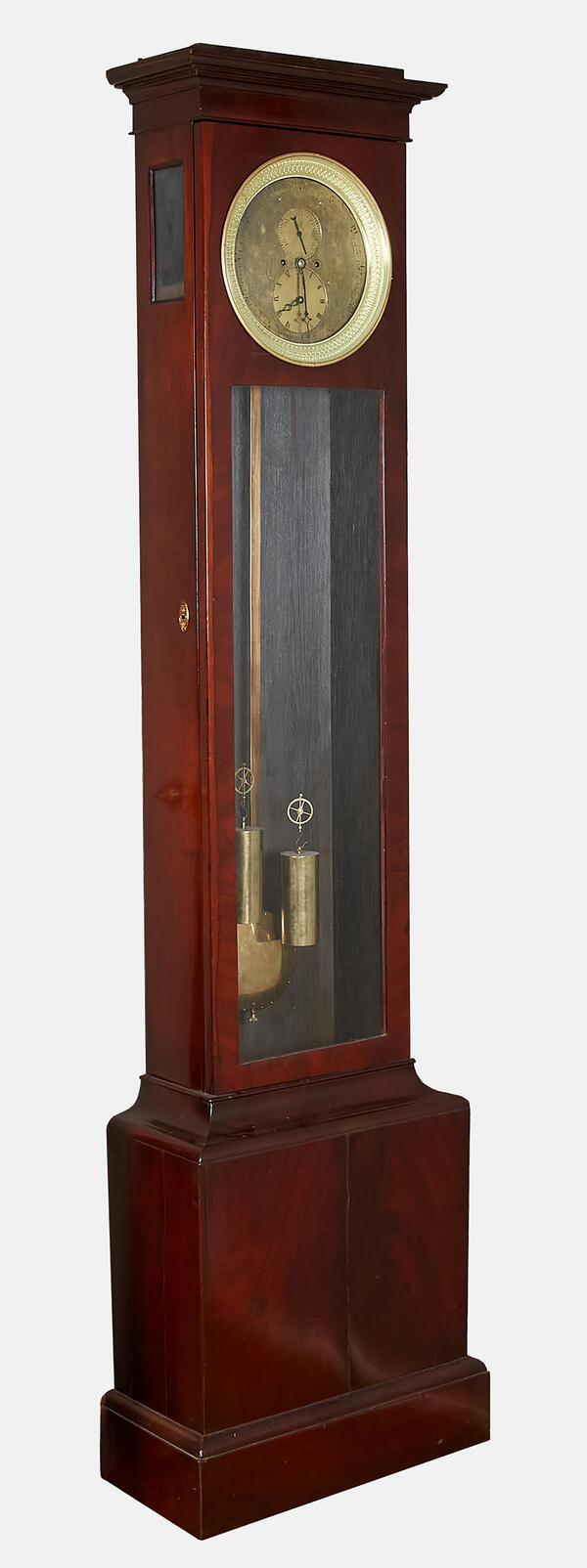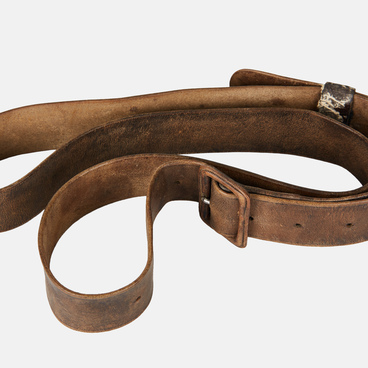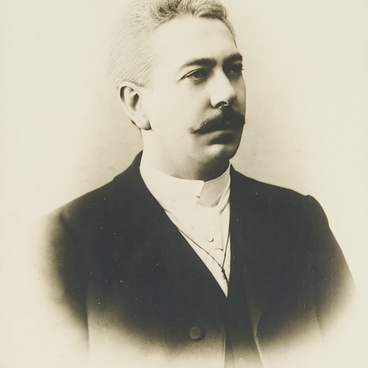In the dining room of the memorial apartment of Alexander Goldenweiser there is a beautiful grandfather clock made by an unknown Russian master. The musician acquired it at the end of the 19th century. For several centuries, there were no state-owned enterprises producing watches in Russia. Initially, these expensive items were brought by foreign ambassadors and given as a present to the tsar and his retinue — such clocks were available only to rich people. The Russian emperors tried to establish the domestic production of clocks, but clock factories did not work long, targeted mainly wealthy buyers, and were not suited for mass production. Therefore, until the beginning of the 20th century, clocks were mainly made by unknown craftsmen working in small handicraft workshops.
All grandfather clocks in Russia were called English: the first clock with a pendulum was invented in the Netherlands in the 17th century, but English artisans excelled at clock making. The first grandfather clock was made in England in 1680 by William Clement and Robert Hooke. The craftsmen combined the features of wall and tower clocks. The case was made of a tall box, which became thicker at the top — that was where the dial was located — and the entire mechanism, and most importantly, the pendulum, was covered with boards. Throughout the 18th century, grandfather clocks were a luxury item, so they were made from expensive woods and decorated with carved patterns and precious stones. The pendulum and weights began to be covered with glass and became an additional element of decoration — they were made of bronze, covered with gilding and adorned with a pattern. In the 19th century, grandfather clocks became available to ordinary buyers, so decorations and carvings began to disappear, and their size also changed. Production gradually moved from capital cities to provinces. Despite this, grandfather clocks have long been a sign of aristocracy and family traditions.
The case of the clock in the memorial apartment of Alexander Goldenweiser is made of mahogany. The weights, pendulum and dial are made of bronze. Despite the simplicity of the case, the clock has small decorations: the edging of the dial is covered with inlaid gilding, and the edges of the pendulum and the rings of the weights have a small pattern. This piece of furniture is a witness to a bygone era when family values were carefully preserved and passed down along with objects of material culture.





